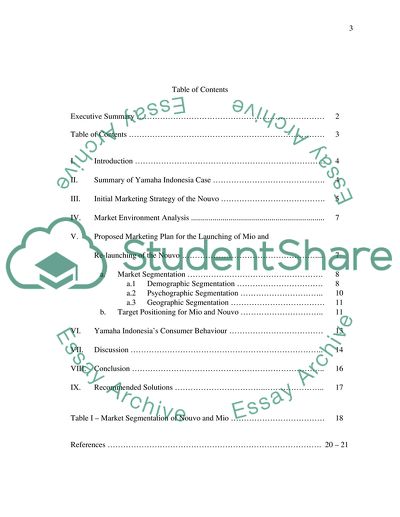Cite this document
(Marketing Plan for Yamaha in Indonesia Case Study, n.d.)
Marketing Plan for Yamaha in Indonesia Case Study. Retrieved from https://studentshare.org/marketing/1739099-marketing-plan-for-yamaha-in-indonesia-case-study
Marketing Plan for Yamaha in Indonesia Case Study. Retrieved from https://studentshare.org/marketing/1739099-marketing-plan-for-yamaha-in-indonesia-case-study
(Marketing Plan for Yamaha in Indonesia Case Study)
Marketing Plan for Yamaha in Indonesia Case Study. https://studentshare.org/marketing/1739099-marketing-plan-for-yamaha-in-indonesia-case-study.
Marketing Plan for Yamaha in Indonesia Case Study. https://studentshare.org/marketing/1739099-marketing-plan-for-yamaha-in-indonesia-case-study.
“Marketing Plan for Yamaha in Indonesia Case Study”, n.d. https://studentshare.org/marketing/1739099-marketing-plan-for-yamaha-in-indonesia-case-study.


